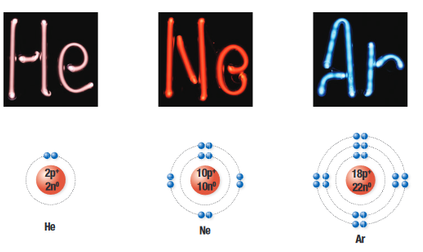Develop an explanation on how substances are formed. In that development, explain and use examples to illustrate:
- Why and how atoms combine?
- The concept of molecular orbitals
- The concept of hybridization of atomic orbitals and why?
- The origin of different properties of substances: gas, liquid, solid, shape, solubility, etc.
- The concept of electronegativity and how it affects the properties of a substance.
Solution:
The Content of this problem 10 is probably the most important chapter of Chemistry. I invite you to go through it, in order to complete what you already know.
The answers to this exercise have been subdivided into 5 parts, an introduction and a summary. These will be 5 different posts that will be posted during this week. Your comments and suggestions are always welcome.
Introduction
For a better understanding of the composition and formation of matter, let’s start by a comparison between an atom and a person.
Any person is characterized by his/her personality. The personality of a person is made of different characters (friendship, humility, kindness, etc.). The personality of a person determines or affects the way that person behaves and lives in society. Although we are all humans, our different personalities make our behavior to be different.
This is the same for atoms. All the different atomic properties, many have been described in previous sections, constitute the identity of an atom and determine or affect the way that an atom behaves. For example, group 1 elements are all active metals due to their common valence structure (ns1). But their capacity to lose their valence electron, IE, differs due to their different atomic volumes. Group 17 elements are all active non-metals, they tend to gain one electron to complete their valence shell (np5). But their capacity to acquire the electron needed to complete their valence shell decreases down the group due to the increase of their volumes that results in the decrease of their effective nuclear charge.
In answering the problem 10, we must keep in mind that all atomic properties affect, in one way or another, the way an atom behaves. Problem 10 is probably the most fundamental concept in chemistry: Chemical Bond. The chemical bond affects or determines the physical and chemical properties of a chemical compound and pure substance.
Part 1: Octet Rule
We have seen that only few chemical elements exist in nature as free atoms, these are rare gases in group 18 of the periodic table. Other chemical elements or atoms combine with others to form different and pure substances and compounds.
When you look at the electron configuration of the rare gases, you notice that their external electron configuration on the last energy level is made of 8 electrons, all paired; except Helium with only 2 electrons. This is called the octet structure that gives stability to atoms that have that configuration.

Figure 1: Full valence shell structure (Source:quizlet.com)
This explains why group 18 atoms can stand alone without need of association with other atoms, and why rare gases exist in nature as atoms.
Combination of atoms and Chemical bond
Why do atoms combine?
We have just seen that group 18 elements can stand alone as atoms because they have a stable electron configuration. Then naturally, other atoms will tend to acquire the same stability as group 18 elements of rare gases, by achieving the octet structure. This is also known as the octet Rule.
How do atoms combine?
The octet rule and the different atomic properties that we have seen previously will influence the way atoms combine.
An atom can acquire the octet structure by combining with another atom. When two atoms combine, the force that hold them together is called chemical bond. The nature of chemical bond is determined by the nature of the combining atoms. There are 3 categories of chemical bond:
- Covalent Bond: non-metal - non-metal bonding
- Ionic Bond: metal - non-metal bonding
- Metallic Bond: metal - metal bonding
During the week I will post part 2 to 5 describing the different chemical bonds and related concepts.